China Air Force releases clip appearing to show mock attack on US airbase
China's Air Force has released a video showing nuclear-capable H-6 bombers carrying out a simulated missile strike, destroying what appears to be the United States airbase on the island of Guam.
Andersen Air Force Base is the major US facility in the Pacific, responding to conflicts in the Asia Pacific region.
Destroying the US facilities in Guam would be a major blow to Washington.
The video, which was released on the People's Liberation Army Air Force (PLAAF) Weibo account on Saturday, came amid escalated tensions between Washington and Beijing over a range of issues.
The two-minute video clip tilted "The god of war H-6K goes on the attack!" shows the medium-range bombers of the PLAAF launching missiles at what appears to be the Andersen Air Force Base on the island of Guam.
"We are the defenders of the motherland's aerial security; we have the confidence and ability to always defend the security of the motherland's skies," the PLAAF wrote in a brief description for the video.
The H-6K is the latest model of the H-6 bomber, which is based on the Soviet-era Tu-16.
The upgraded H-6 is equipped with new engines, electronics, sensors and weapons such as long-range land-attack and anti-ship missiles.
The range of the H-6K is around 3,000km, making it capable of targeting US facilities in Guam.
"The H-6K can carry six LACMs (land-attack cruise missiles), giving the PLA a long-range standoff precision strike capability that can range Guam from home airfields in mainland China," a recent US Department of Defense report on China's military capability was quoted as saying by media.
China has been flexing its muscle with ten rounds of drills in various waters including the East China and the South China Sea in what is widely seen as a show of force amid ongoing US military provocations in the region.
A Chinese military observer formerly explained the drills as “routine training.”
“Although these drills do not target any specific country, in the face of power that is challenging our sovereignty and security, such drills can make the enemy yield without use of arms,” Diao Daming, an associate professor at Renmin University’s National Academy of Development and Strategy.
“The US has been establishing its hegemony by provoking trouble, such as disrupting regional security in the South China Sea. Our drills demonstrate our resolve to maintain regional stability,” he added.
The United States routinely sends its warships and warplanes to the South China Sea to assert what it calls its “right” to “freedom of navigation,” in a move that has increased tensions with China.
Beijing has repeatedly advised Washington against stirring up trouble in the disputed waters, warning that potential close encounters between the air and naval forces of the two countries might trigger accidents.
In the meantime, Chinese forces carried out a second day of military drills near Taiwan on Sunday,
Taipei has said that its armed forces will be careful not to make any moves to provoke the Chinese forces during the Chinese military exercise near Taiwan.
An unnamed Taiwanese source was quoted by media as saying that Taipei, however, would be willing to return fire if Chinese forces fired on the Taiwanese military.
Under the internationally-recognized “One China” policy, China sees Taiwan as its wayward province.
The policy refers to the global acknowledgement that there was only one country called China, despite the existence of two governments; one in China and another on the island of Taiwan.
Since the pro-West Taiwanese President Tsai Ing-wen came to power in 2016 ties with Beijing have soured.
Her party rejects the idea that Taiwan is part of China.
China has pursued reunification with Taiwan ever since the island broke away from the mainland during a civil war in 1949. It claims full sovereignty over the island and almost all world countries, including the US, recognize that sovereignty.
US President Donald Trump, however, has been making overtures to embrace Taiwan. Since he took office in January 2017, Washington has opened a new de facto embassy in Taipei and passed a law to encourage senior US officials to travel to Taiwan to meet their Taiwanese counterparts.
Such actions are frowned upon by Beijing.
The Chinese military's latest video is seen as a signal to Washington that Beijing is prepared in case of any possible flareup in the Asia Pacific region.
How US abuses its UN veto power to enable Israel’s genocidal war on Gaza
Iran refutes US, UK accusations over Ukraine war, West Asia conflicts
Pakistani town erupts in protest after terrorists kill scores of Shia Muslims
US senator threatens ICC with military action over Netanyahu sentence
Iran: ICC indictment of Netanyahu should have included 'genocide'
VIDEO | IAEA anti-Iran resolution
Iran urges pope to help end Israeli onslaught in Gaza
VIDEO | ICC's warrant against Netanyahu




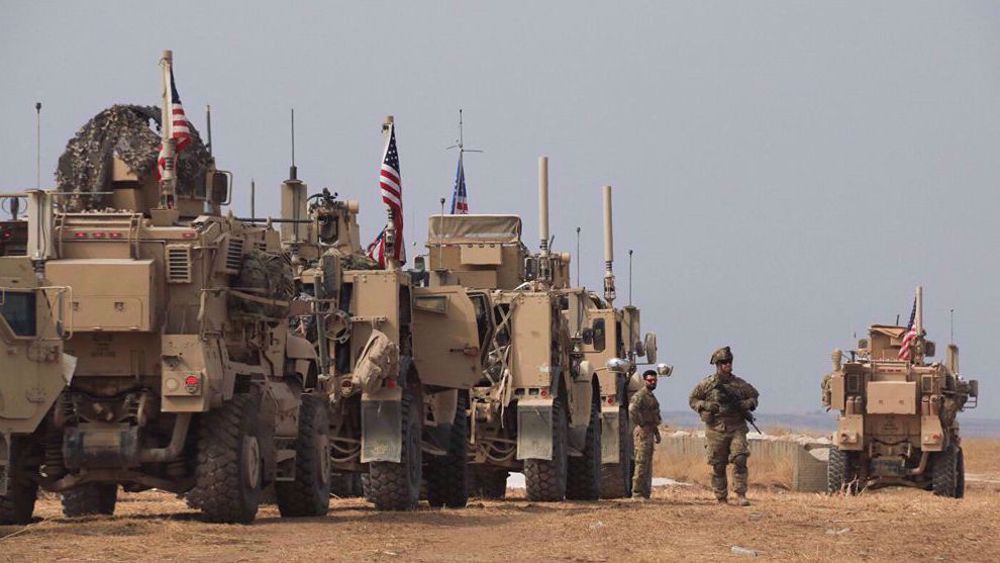
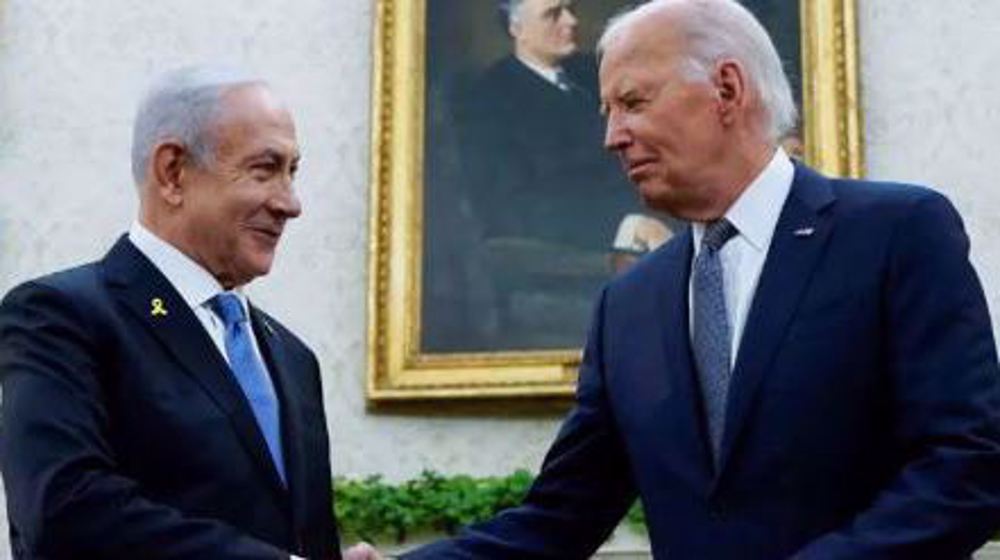



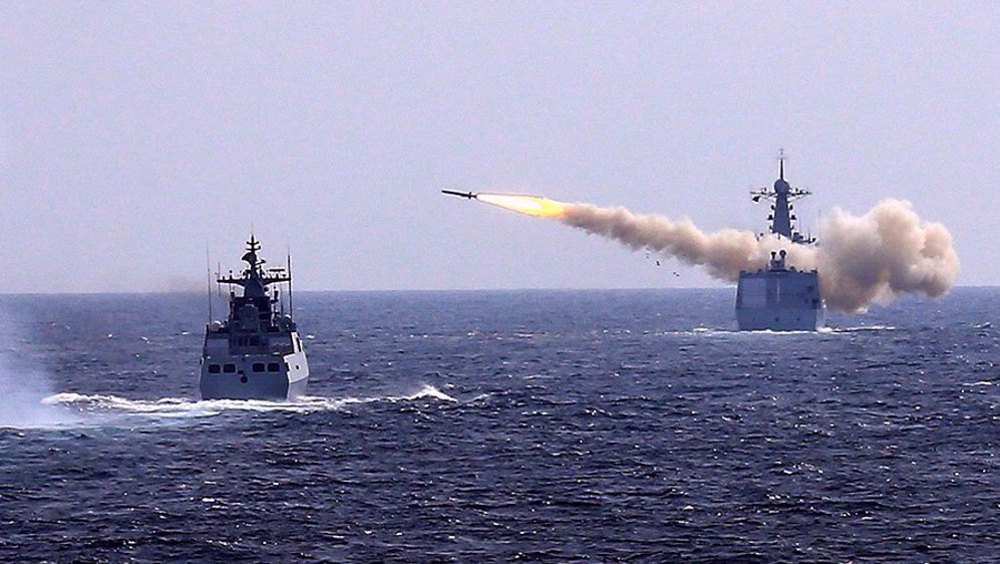
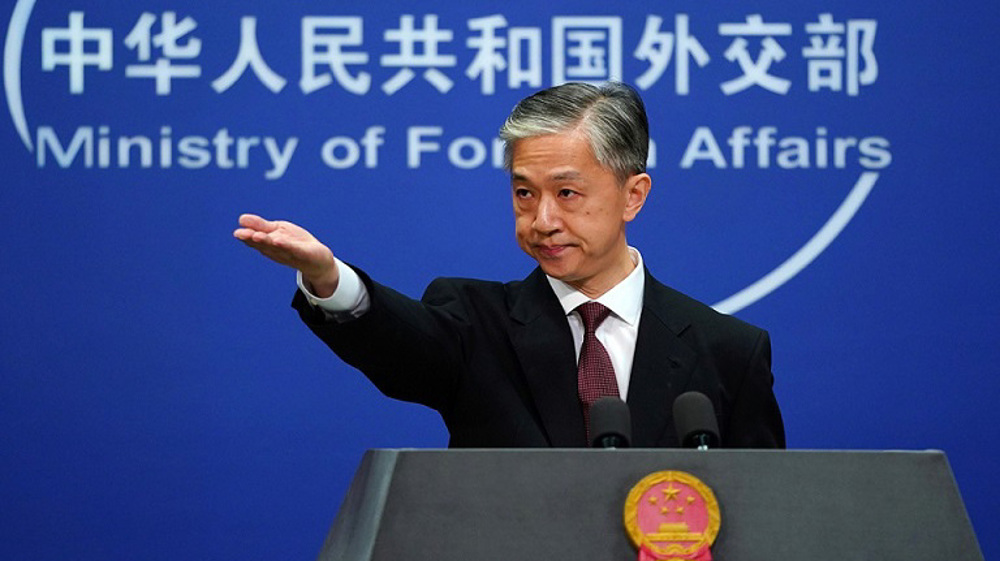



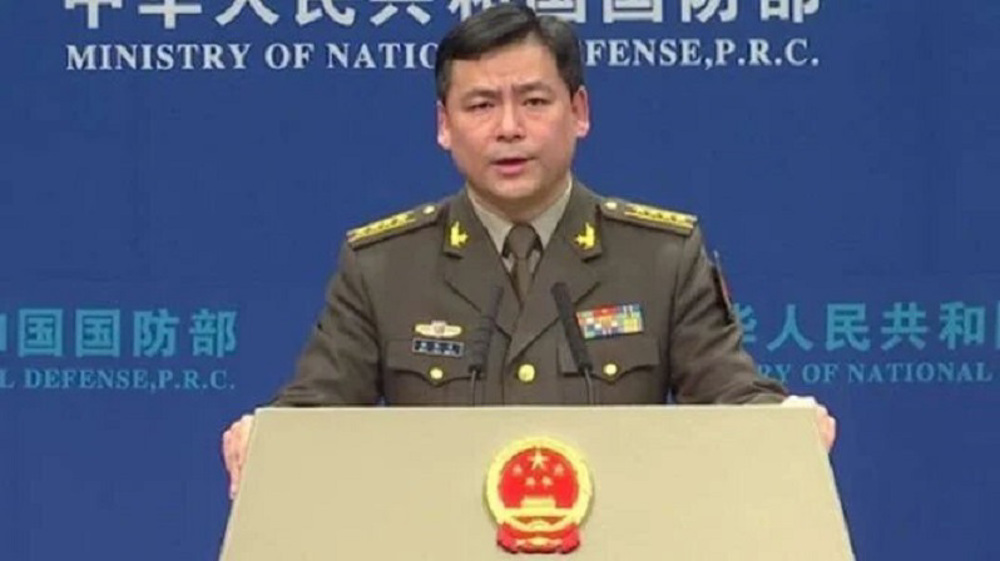
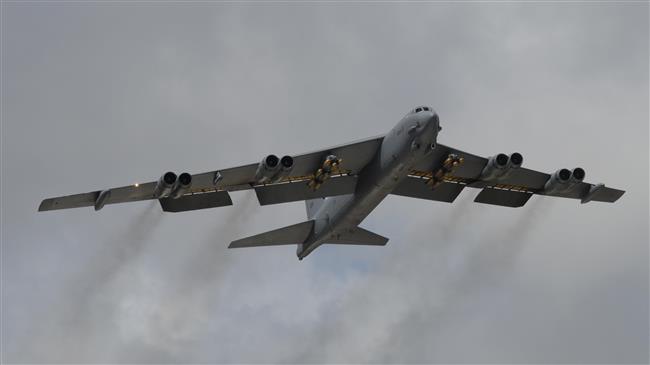

 This makes it easy to access the Press TV website
This makes it easy to access the Press TV website